The Hardships of Being Chimney Tall. It’s Always First.
Our team of chimney technicians continue to be hard at work cleaning and inspecting chimney’s after the winter months. Winter can be hard on all of us, but it’s hardest on the chimney. The chimney is the tallest point on the house, it’s the first to get rained on, the first to break the wind, and the first to feel the heat from the sun (when it chooses to show itself). With so many firsts, it’s also first to need repair.
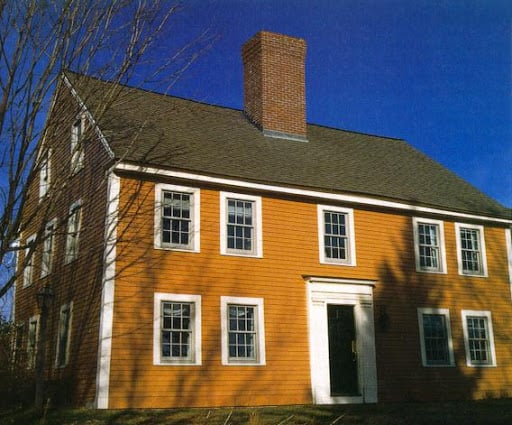
14 Points…Inspection, That Is.
Part of the 14 Point certified chimney inspection with photo documentation is that our chimney technicians check the inside AND the outside of the chimney. The chimney inspection gives you details of the health of your chimney from the winter freezing, contracting, thawing and now expanding from warmer weather. We’ll check for wear & tear, the condition of the bricks and mortar as well as the flashing, the material that connects the roofing system to the chimney.
What is that Sound?
Now that you’ve had plenty of time to be at home during a rainstorm, you may have heard that annoying sound of dripping water. Have you said, “What is that sound?” or “Where is that noise coming from?” It’s probably a leak from the chimney down into the fireplace, or even the storage box next to the chimney.
Water is amazing. It gets into the smallest of cracks or any type of opening. If there is one in the chimney cap, chimney crown or even in the mortar, water will find it. We have to remember that the masonry is very porous and absorbs water. That’s why we talk about expansion and contraction of materials during the winter, late-fall and early-spring months. The repetitive expansion and contraction motion is what creates cracks.
Repair & Protect!
By having a Superior Chimney technician clean and inspect the chimney inside and outside, we can identify issues and get smaller issues repaired right away. The longer the leak and crack is exposed, the greater the problem it will become.
Once all the repairs are complete, you can take it one wise-step further and waterproofing the chimney. Chimney Saver minimizes brick masonry deterioration by causing water to bead-off of the masonry rather than absorb into it. It also reduces any future repairs by allowing your chimney to enter the next freeze thaw cycle of winter in a dry state, rather than saturated.
Give us a call today at 877-244-6349
This way, you’ve taken care of your home and prevented a bigger repair bill from progressing. See you soon!
This post first appeared on https://www.superiorchimney.net

 Contact Northeastern Chimney Today
Contact Northeastern Chimney Today
 Another brutal winter is over,
Another brutal winter is over, Creosote and Soot
Creosote and Soot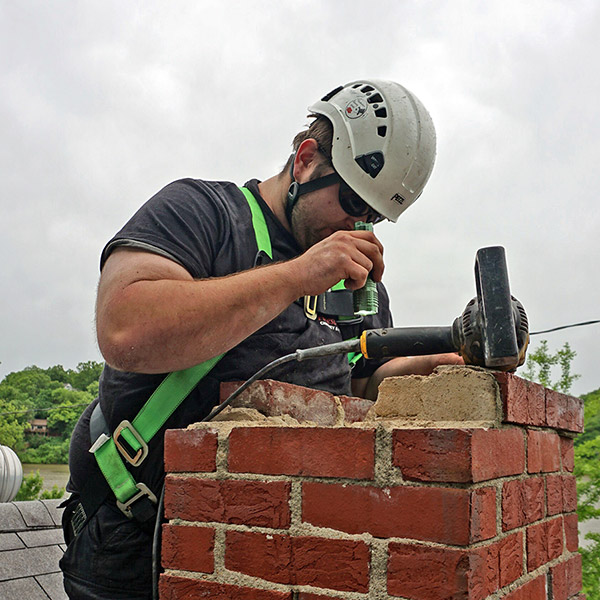 Uninvited Guests
Uninvited Guests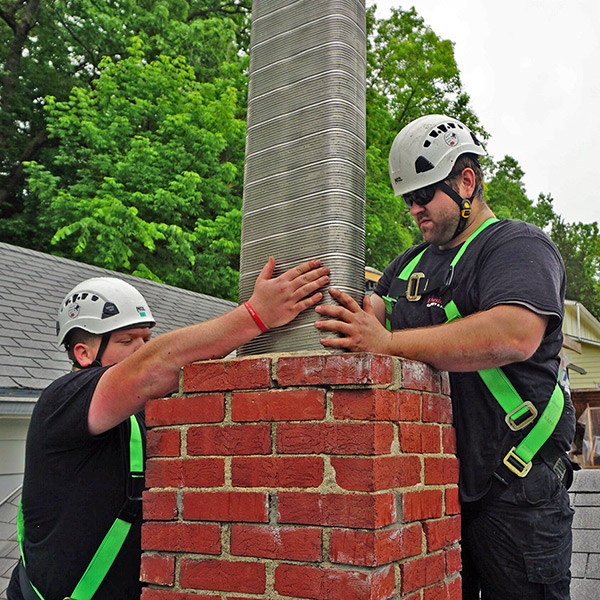 Flue Liner Damage
Flue Liner Damage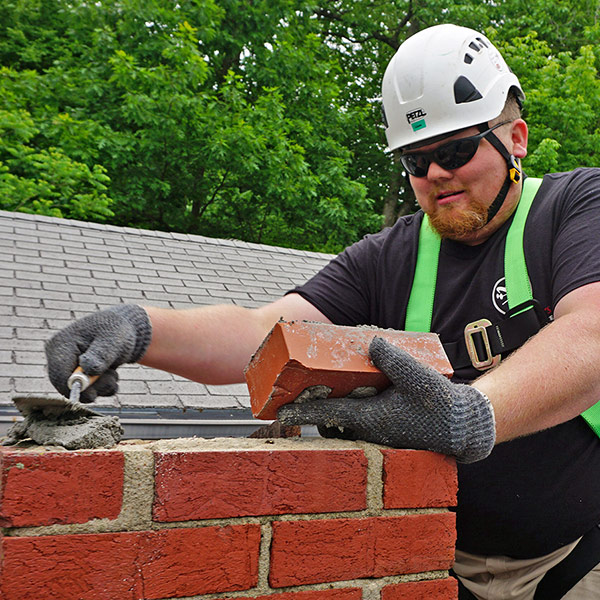 How chimneys suffer serious damage
How chimneys suffer serious damage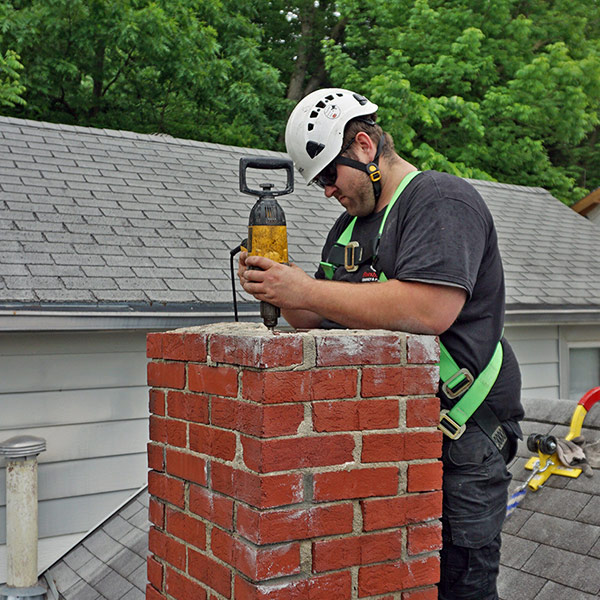 Chimney rebuilding solutions
Chimney rebuilding solutions

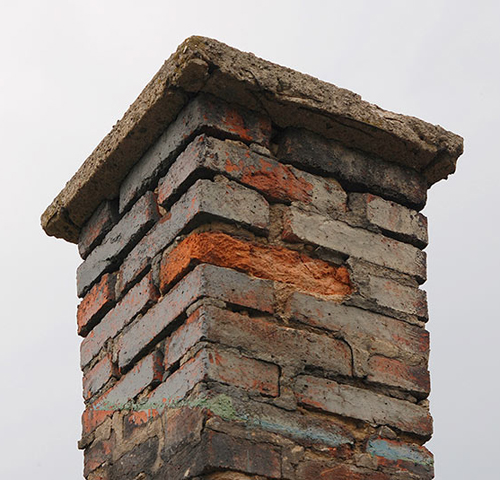 Winter can be damaging to chimneys, especially in areas that experience above-average levels of precipitation. The freeze-thaw effect is the repetitive process of surface moisture freezing and thawing. It is a condition that usually occurs in winter and is especially damaging to porous materials like clay and cement that are used in the construction of
Winter can be damaging to chimneys, especially in areas that experience above-average levels of precipitation. The freeze-thaw effect is the repetitive process of surface moisture freezing and thawing. It is a condition that usually occurs in winter and is especially damaging to porous materials like clay and cement that are used in the construction of 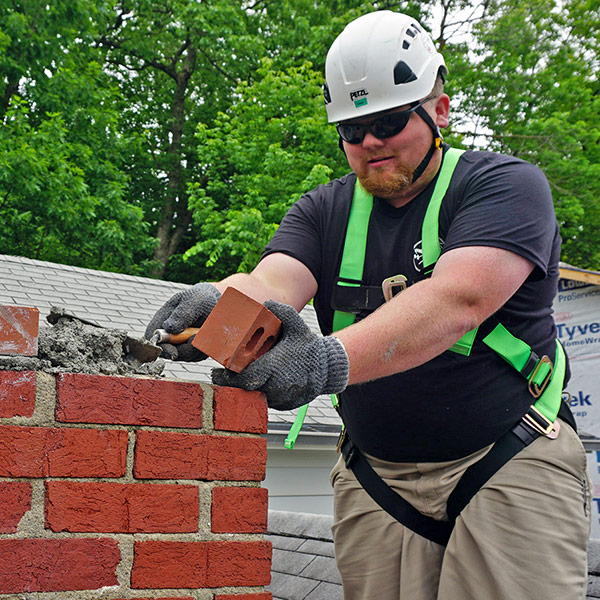 Freeze-Thaw Chimney Repair
Freeze-Thaw Chimney Repair